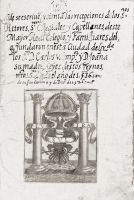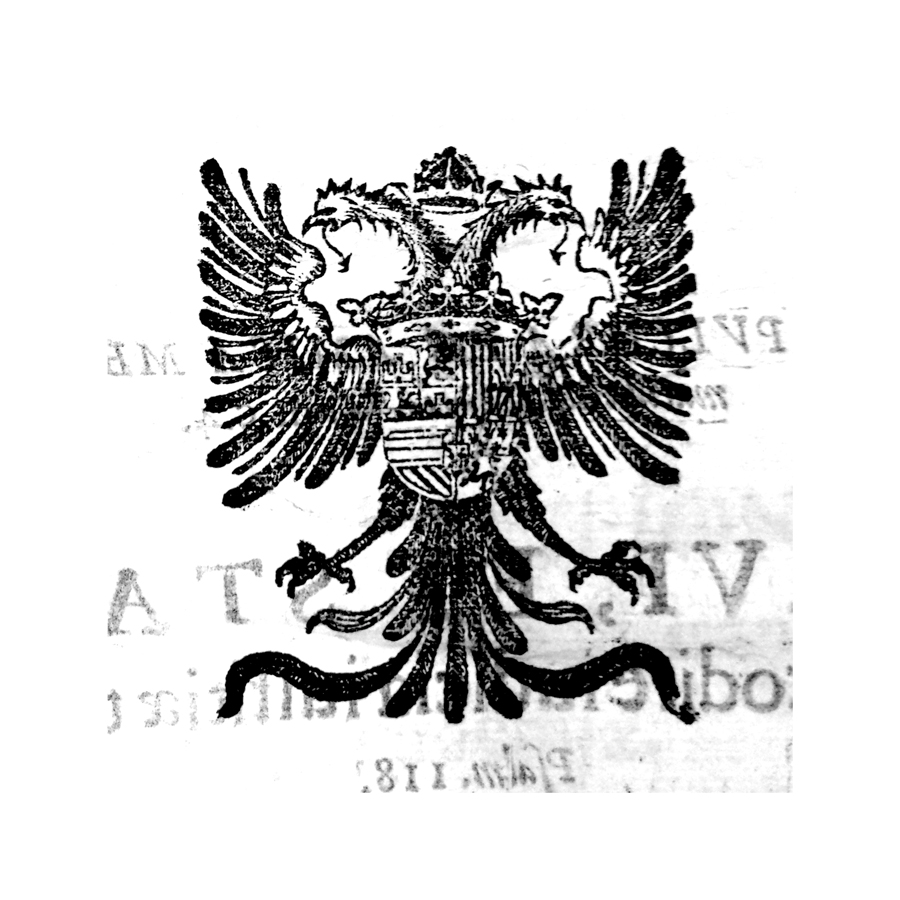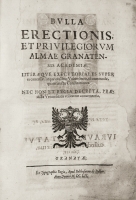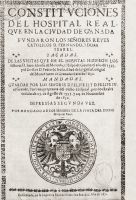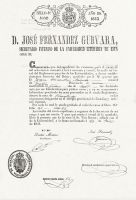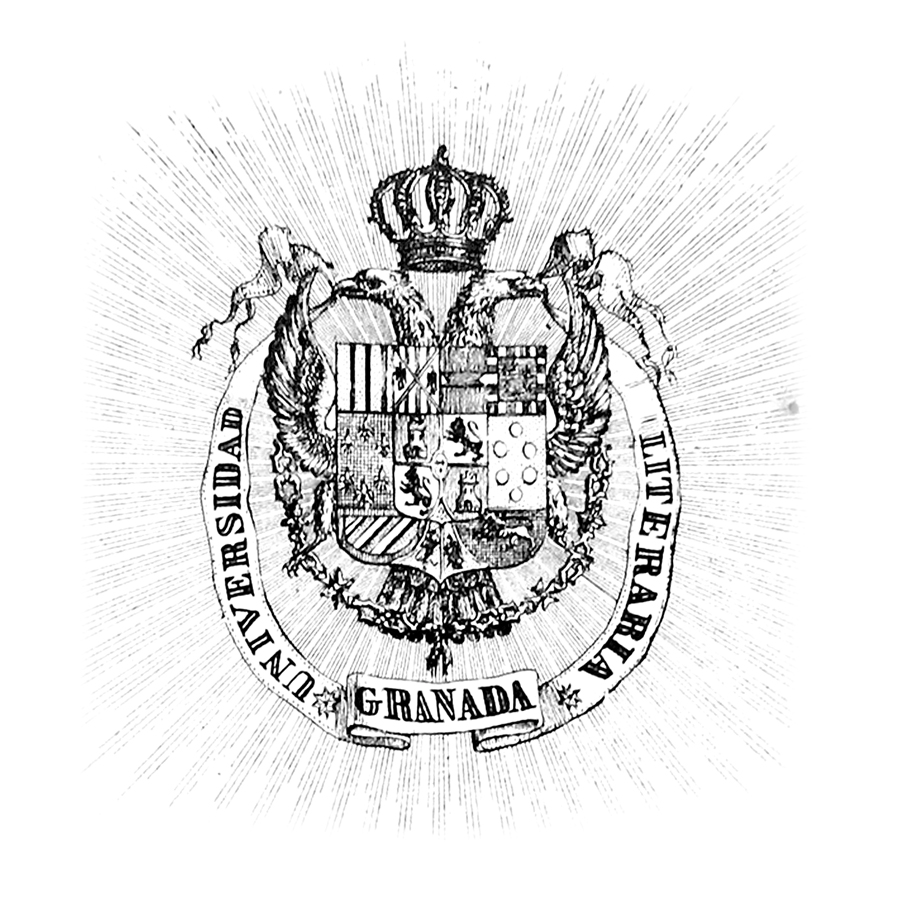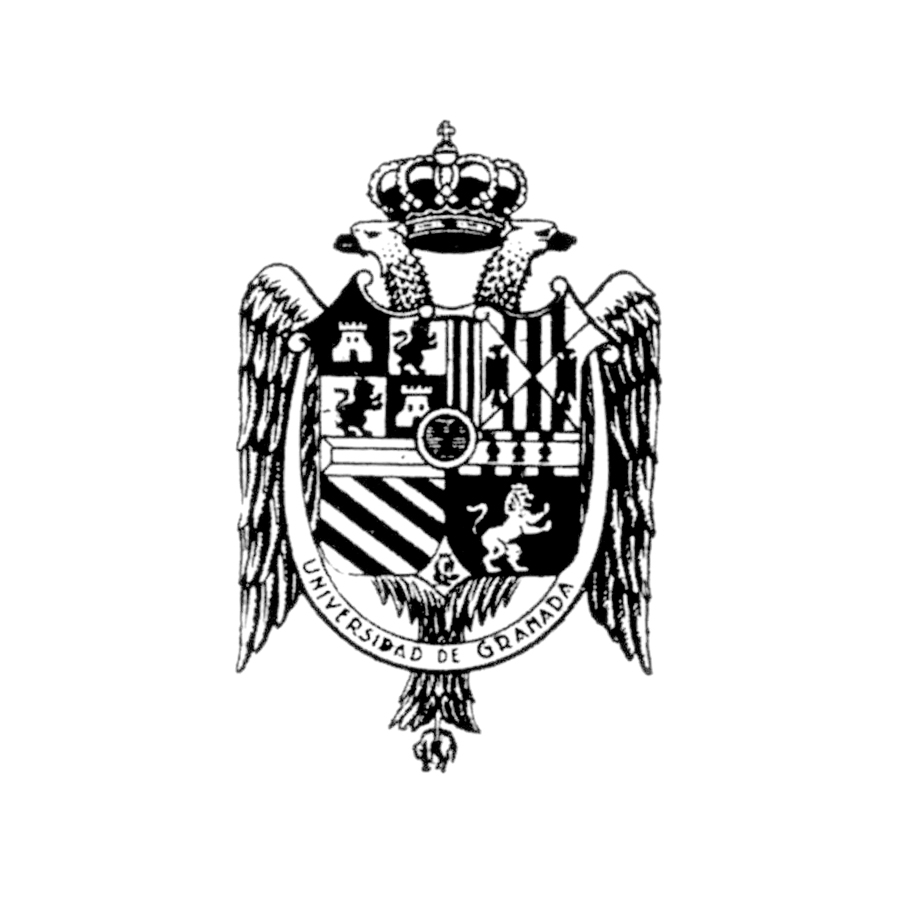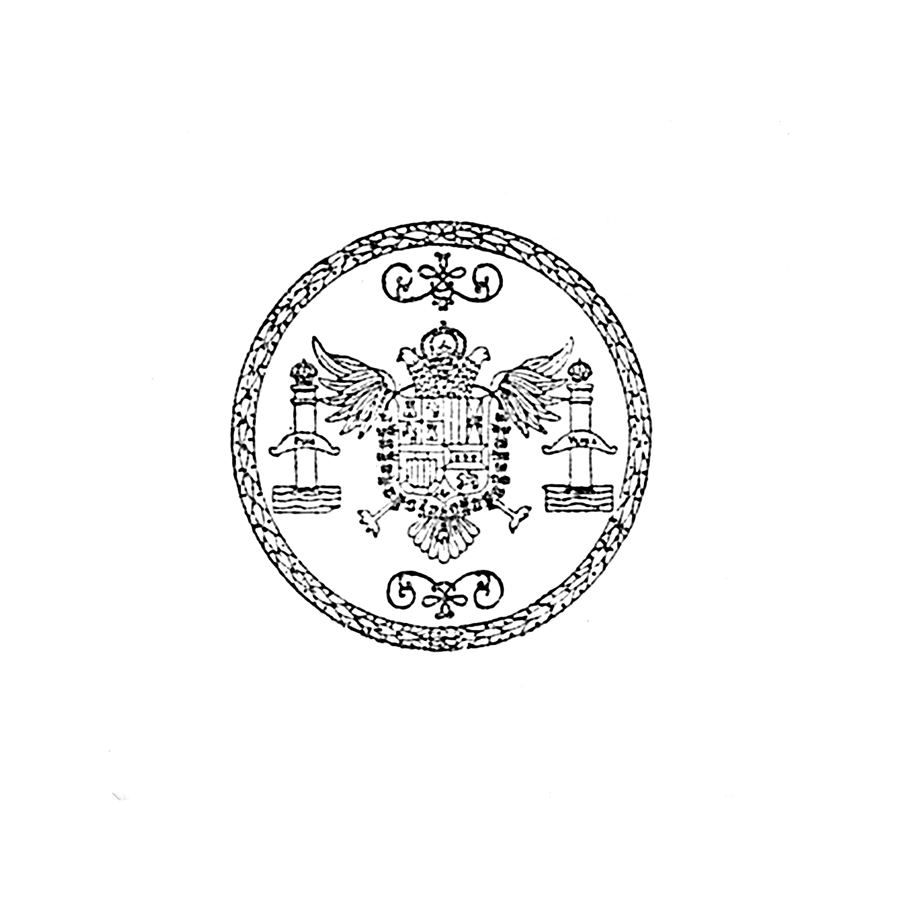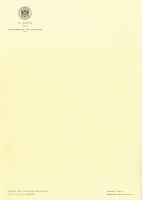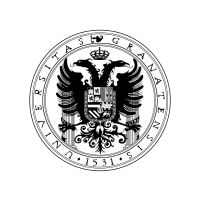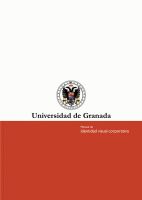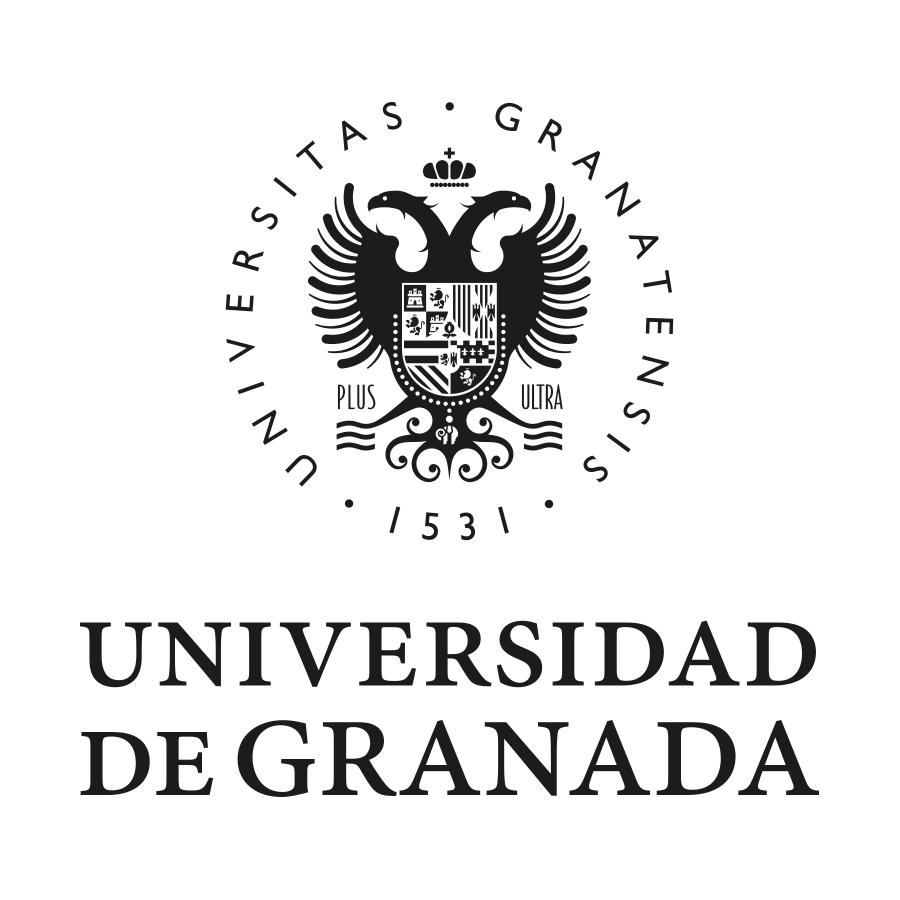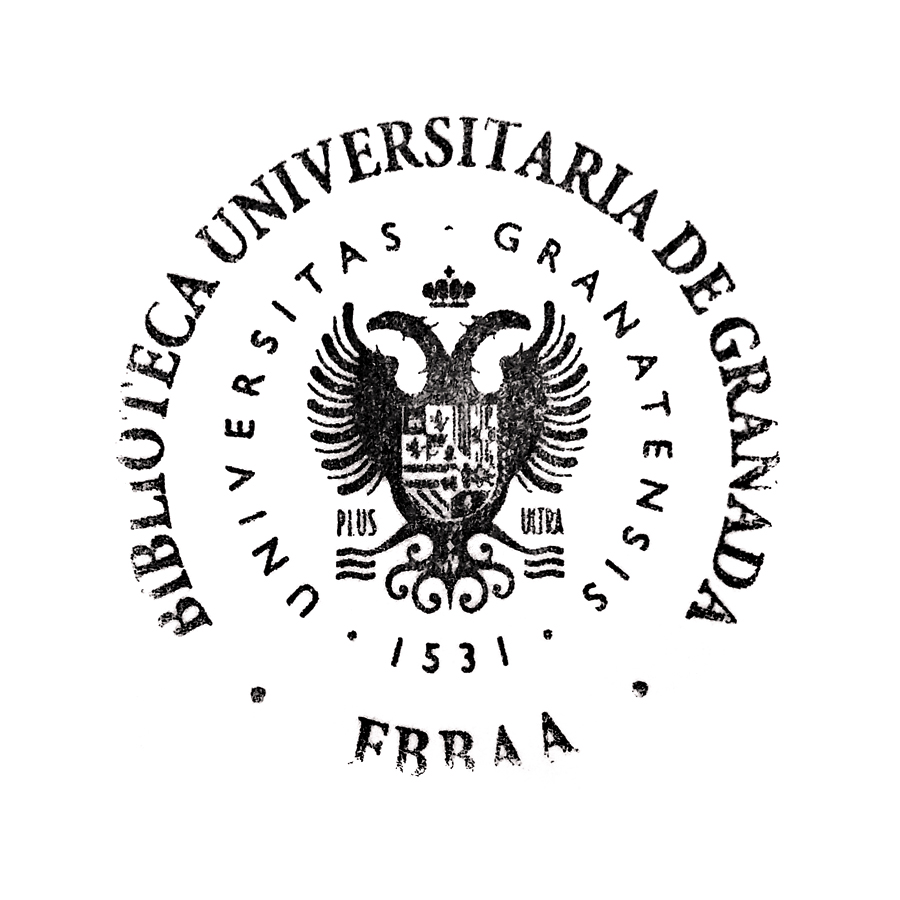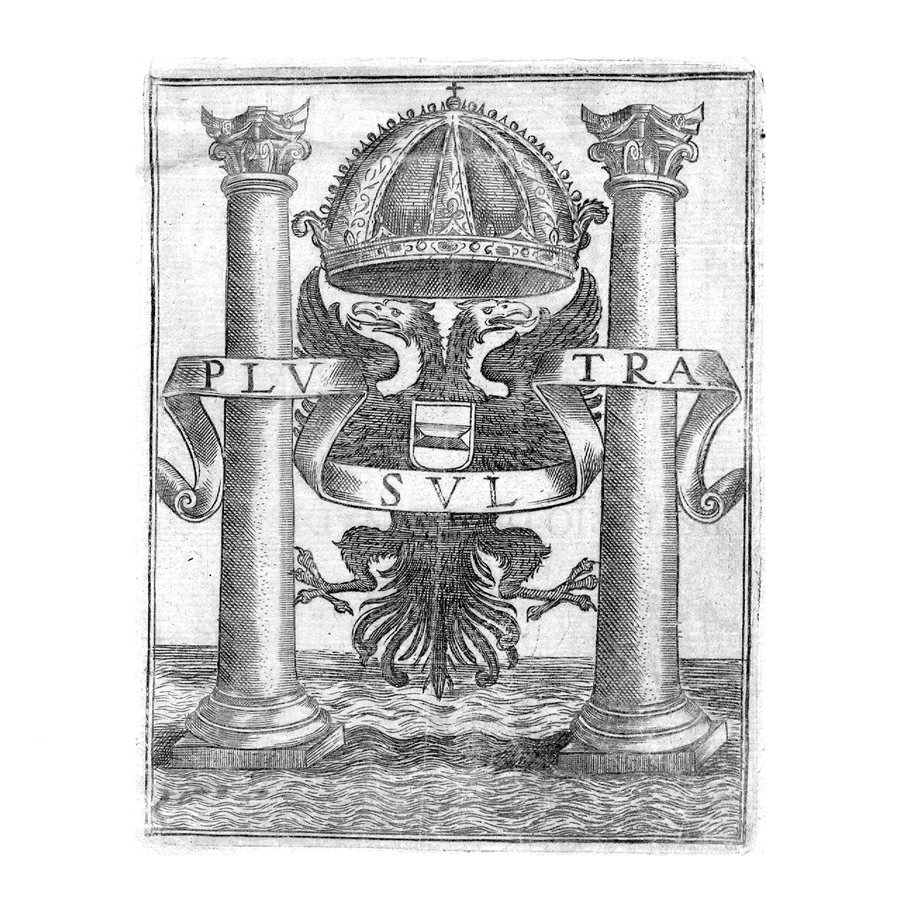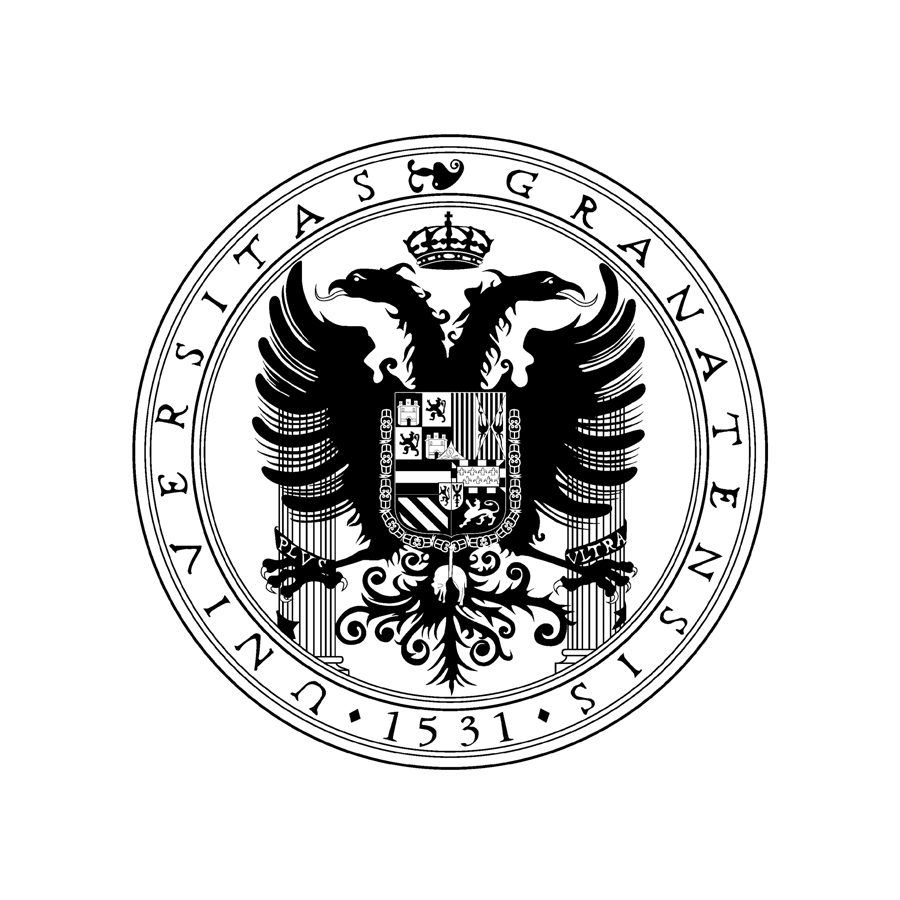This virtual exhibition has as its precedent the exhibition "La mirada del águila. Past and future of the University of Granada through its symbols" held at the Royal Hospital between 1 December 2016 and 12 February 2017. The pretext for that exhibition was the updating of the corporate visual identity of this institution approved by the Governing Council on 25 November 2016. For that exhibition and the development of this research, "Graphic communication in the university's institutional image", the collaboration of the University Archive was essential, as it provided its funds, material and personal resources, and helped to find and identify this set of symbolic
representations of our university.
The research work "Graphic communication in the institutional image of the university" explores the exploitation of a specific iconographic resource, the arms of Charles V, as the visual identity of this university. In this sample of seals and letterheads -and a stamp-, we can assess the evolution of these identifying icons which, based on the arms of the emperor, were the resource that would bring officialism to institutional documentation. We find in them the debate on the rigour of the form and modes of representation of this iconography. We see how this representation of heraldic origin has not been static; on the contrary, it has adopted different images associated with the emperor, which were common as a source of identity, not only for the University, but also for other bodies. Over the years, the institution has also developed its own images and has used different ways of representing that iconography, different graphic solutions that reflect different needs, contexts and trends. This
chronological evolution of the symbol, this exhibition of the same set of signs treated or expressed in different ways, reminds us of a natural fact in the communication of identity, the need for a certain level of updating, and the condition imposed on each of these graphic solutions as the fate of their artisans/creators, and of their supports, formats and application technologies.
The following is a selection of sigillum and letterheads that stamp various documents consulted, from founding documents to administrative documentation, diplomas, institutional stationery and University publications. The images have been digitally processed and extracted from various documents belonging to this university archive. They are presented chronologically, expressing the dates of the document from which they were extracted. However, we note the indiscriminate coexistence of different of these representations in the history of the University.
The following exhibition is open-ended and is intended to be the starting point for a more extensive collection, as we still have and are working on identifying and dating more images than those proposed here. The web support provided by the University Archive will allow us to continue increasing this significant collection of our institutional iconography.
Joan Sanz Sánchez

